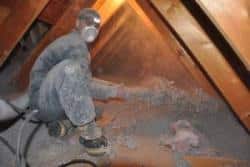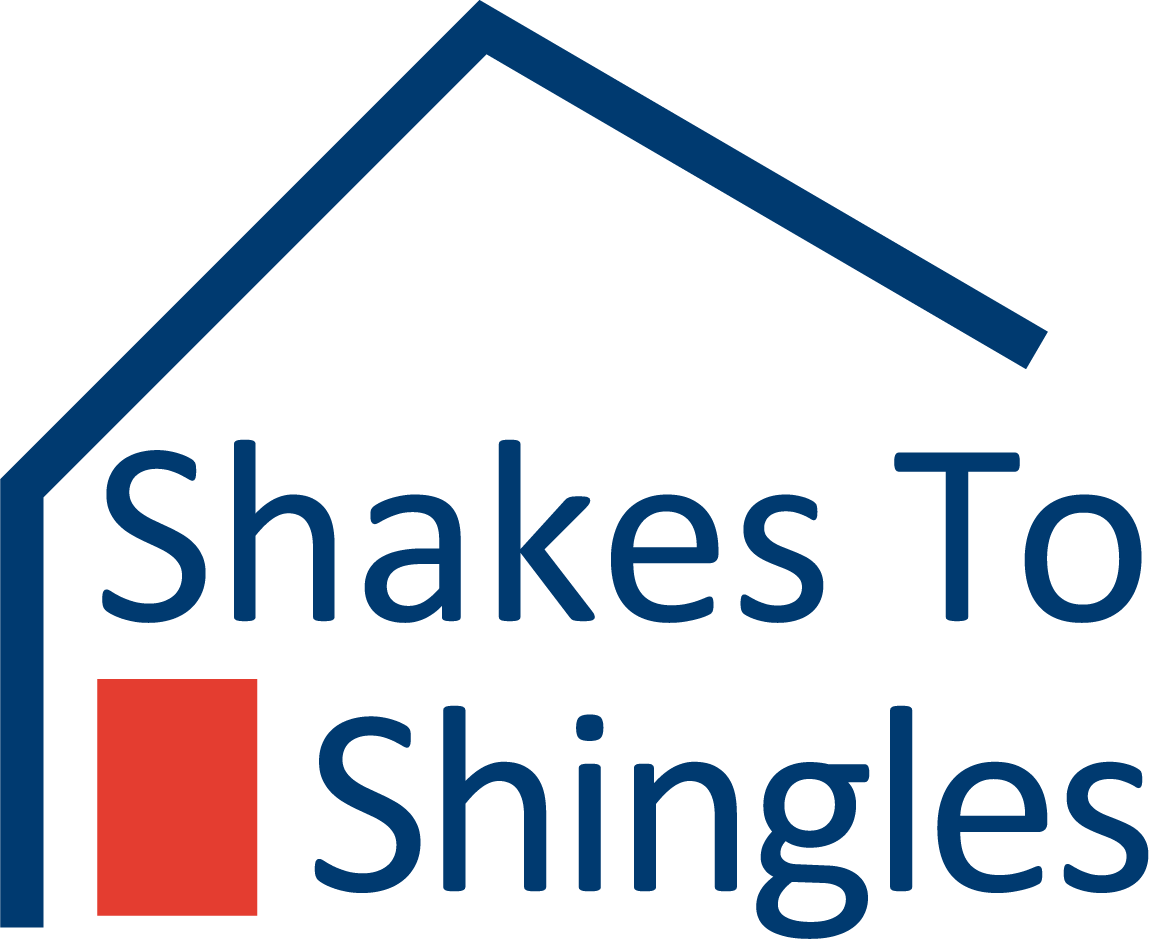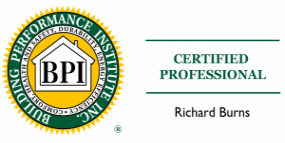
Keeping your home warm, comfortable, and dry isn’t always easy during long New Hampshire winters. Older New England homes are notoriously leaky and susceptible to costly damage if not properly insulated.
Inadequate insulation and air leakage are the largest causes of energy waste in most homes. A well insulated home can help reduce energy costs, make your house more comfortable and make walls, ceilings, and floors warmer in the winter and cooler in the summer.
Shakes To Shingles offers NH homeowners with many options for properly insulating your home. As experts in energy efficiency, we do a complete whole-building energy audit to evaluate your home’s needs. Our recommendations are based on the best options available for your unique home and budget. Our goal is to efficiently insulate your home with the highest quality insulation products – saving you money and providing years of protection from the elements.
Our insulation services include:
- Insulation assessment
- Home improvement recommendations
- Full insulation installation
Insulation is the building block for other home efficiencies.
Get started today!
We install and provide a variety of insulation options:
Cellulose
Made from recycled newspaper and treated with borate for fire retardancy, cellulose is a highly effective, environmentally friendly insulation solution. The even distribution of blown in cellulose insulation makes for a high performance insulation avoiding gaps and air leaks around the edges. This creates consistent high performance – for a cozier, more energy efficient home.
Spray Polyurethane Foam
Spray polyurethane foam (SPF) insulation is a great solution for creating an air-tight air seal, making it a top choice among high performance insulation materials. SPF is a two part polyurethane application that when combined forms a solid foam insulation for use in the home’s building shell. Spray foam is one of the most versatile forms of insulation available. It can seal your home from air and moisture intrusion, strengthen building structure and provide thermal, air and vapor barriers. Spray foam is a great alternative to fiberglass, cellulose or rockwool and a typical house can be fully insulated with spray polyurethane foam in a day or less. Spray foam eliminates air flow and drafts, is flood resistant, adds structural integrity to the building and will not sag or settle.
Pipe and duct insulation
Pipes (especially metal pipes) conduct heat, and your hot water can lose a lot of heat traveling through cold pipes, which means you’ll have to let your faucet run longer before hot water comes out. Insulating pipes is an affordable solution to this problem, keeping heat contained within the pipes and shortening the time it takes for your water to run hot so you waste less.
Condensation dripping from cold pipes can contribute to basement water problems. Cover cold water pipes with foam pipe insulation to stop condensation. The foam insulation is inexpensive and easy to cut with scissors.
Roxul or Rockwool
A mineral wool insulation made from a combination of natural rock and recycled materials. It is an exceptional thermal insulator and known for being water resistant, flame retardant and flexible. Because of rockwool’s extraordinarily high melting point, it is often used for fire stops, fire proofing and other temperature sensitive applications like cooking appliances.
Foam board insulation
Foam board insulation is a great alternative to the very common fiberglass batt insulation that is in most of our homes. It has a higher R-Value per inch of thickness, it’s resistant to moisture and is easy to work with and a great DIY way to add some insulation. It comes in standard-size 4×8 sheets, and smaller sizes, in many different thicknesses from 1/4 inch to 2 inches.
Water tank blankets
Just like insulating your walls or roof, insulating your hot water tank is an easy and inexpensive way to improve energy efficiency and save you money each month. If your water tank is new, it is likely already insulated. If you have an older hot water tank, check to see if it has insulation with an R-value of at least 24. If not, consider insulating your water tank, which could reduce standby heat losses by 25%–45% and save you about 7%–16% in water heating costs—and should pay for itself in about a year.
If you don’t know your water heater tank’s R-value, touch it. A tank that is warm to the touch needs additional insulation.
Fiberglass batt
Fiberglass is an insulation material that is found in most homes. It is commonly used in two different types of insulation – blanket batts and rolls and loose fill. It is also available as rigid boards and duct insulation. Fiberglass can be placed in unfinished walls, floors and ceilings. It is fitted between studs, joists, and beams.
Shakes To Shingles are your insulation experts!
We’re ready to help you make the right decision for your home.
Call us at 603-415-1115 today!




